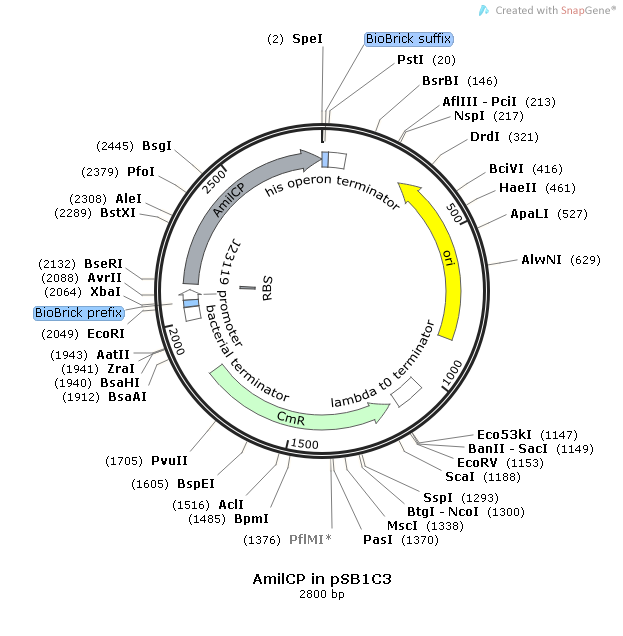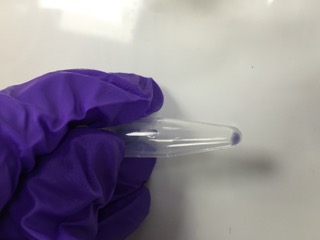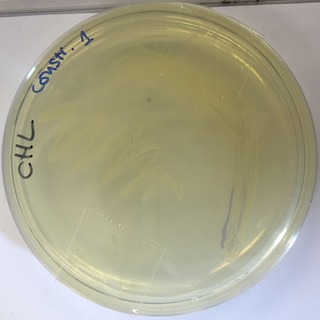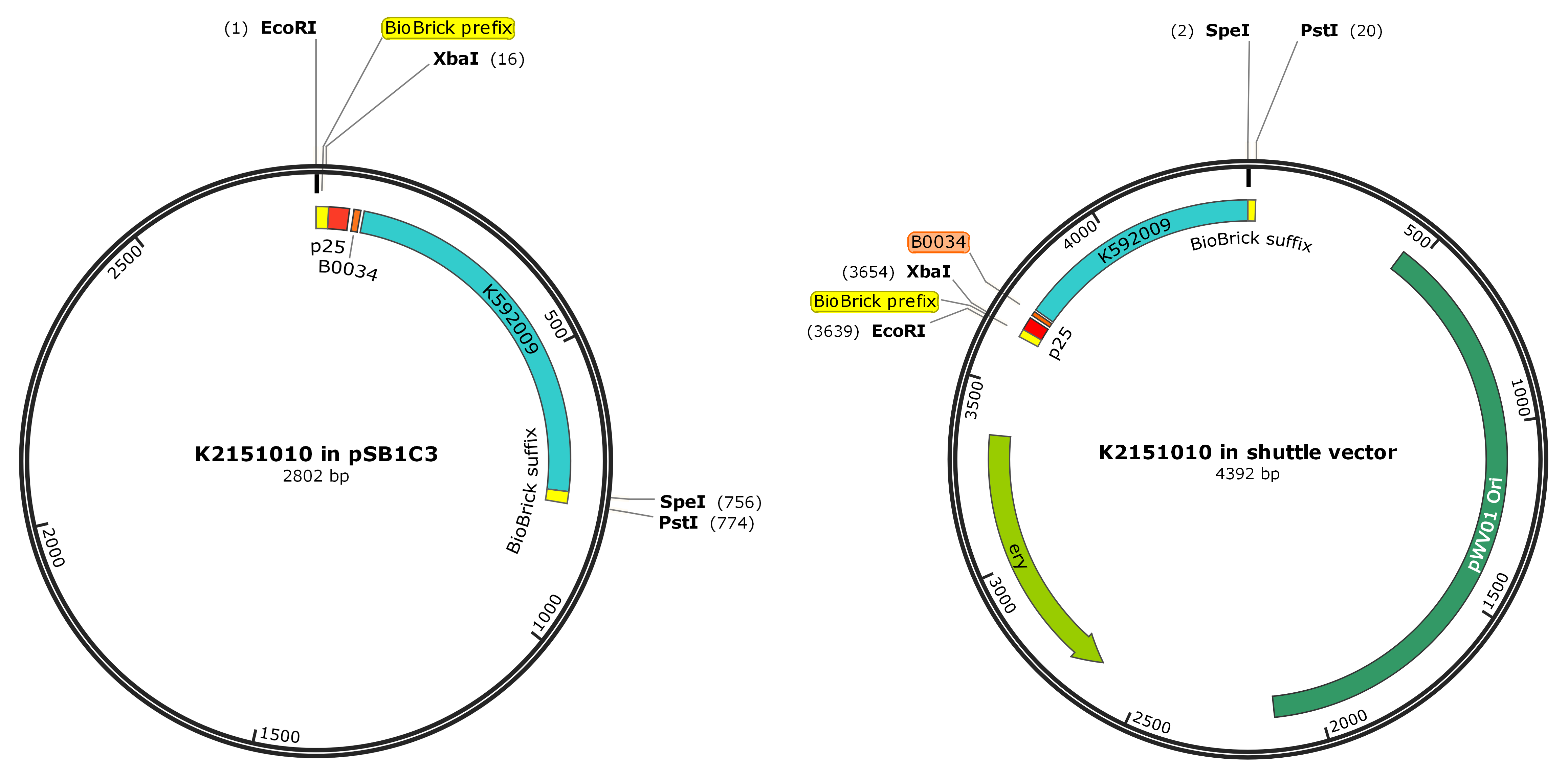Part:BBa_K592025:Experience
This experience page is provided so that any user may enter their experience using this part.
Please enter
how you used this part and how it worked out.
Applications of BBa_K592025
Experience of CLSB-UK-2016 iGEM team with Part:BBa_K2078002
Experimental Design
The consensus promoter Part:BBa_J23119 was assembled with this reporter protein. The construct was carried on the pSB1C3 plasmid for expression and amplification in E-Coli. The plasmid also contained chloramphenicol acetyltransferase for resistance during plating (CmR).
Observations and Inferences
Our E.coli grew slower than other transformants and we were also unable to recover as much plasmid by miniprep. The use of this strong consensus promoter slows down expression times of the AmilCP Part:BBa_K592025 in E-Coli by around 24hours. This image shows a pellet from 5ml LB broth with transformed E.coli and confirms that the part is expressed, but the amount of pellet was much less than we would normally expect to get from 5ml.
The delay in E-Coli growth is also shown by this 24hour streak plate. The chromoprotein is only just becoming visible suggesting that such a strong consensus sequence slows down both the expression time of the part and growth time of E-Coli.
.Experience of Glasgow 2016 iGEM team with BBa_K592025
Experimental Design
K592025 was ligated to a native S. thermophilus promoter, P25. The BioBrick construct was inserted into pSB1C3 in order to check that the gene functioned as expected. Once this was confirmed, the construct was then inserted into the shuttle vector pMG36ET for transforming both E. coli and Streptococcus thermophilus. This plasmid also contained an erythromycin resistance casette in order to select for transformant colonies.
Observations and Inferences
BioBrick construct in pSB1C3: As previously described on the main page, a vibrant blue colour was produced by transformant E. coli colonies within 24 hours.
BioBrick construct in pMG36ET (E. coli): Due to the low copy number of the plasmid, the blue colour of amilCP was less vibrant than in pSB1C3. It could still be used as a reporter in this plasmid, but it was not as obvious as in the higher copy number plasmid, pSB1C3.
BioBrick construct in pMG36ET (S. thermophilus): When transforming the BioBrick construct into S. thermophilus, no blue colour was observed after 7 days. It can be assumed therefore, that amilCP is not a suitable reporter for this bacteria.
User Reviews
UNIQ878b9b83740168ac-partinfo-00000000-QINU UNIQ878b9b83740168ac-partinfo-00000001-QINU




